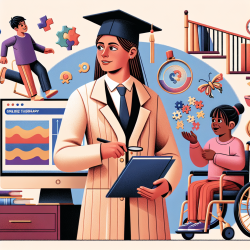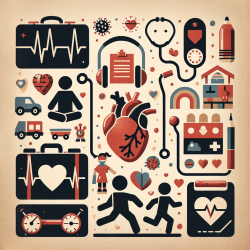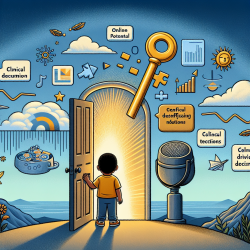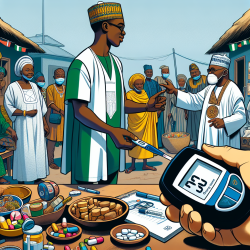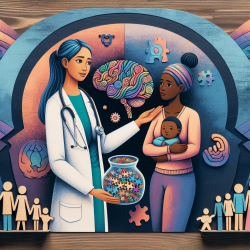In the educational setting, therapists often encounter children with a range of abilities and challenges. As a professional working with handicapped children, understanding the relationship between their gross motor abilities and problematic behaviors can significantly enhance the effectiveness of therapy sessions. The research article titled "Relationships between Gross Motor Abilities and Problematic Behaviors of Handicapped Children in Different Age Groups" by Uesugi et al. provides valuable insights that can be implemented in practice.
The study, conducted on 86 handicapped children, categorized the subjects into three age groups: infants, schoolchildren, and adolescents. The children were further divided into independent-walking and non-independent-walking groups based on the Gross Motor Function Classification System (GMFCS). The Aberrant Behavior Checklist (ABC-J) was used to assess problematic behaviors.
Here are some key takeaways from the research:
- For infants, significant differences were observed between independent-walking and non-independent-walking groups in stereotypy and lethargy scores.
- No significant differences were observed in problematic behavior scores for schoolchildren and adolescents based on their walking abilities.
Implementing Research Findings in Practice
Understanding these findings can help therapists tailor their approaches more effectively. Here are some practical tips:
- Focus on Sensory Input for Infants: The significant difference in stereotypy scores among infants suggests that limited sensory input in non-independent-walking infants may lead to stereotypical behaviors. Incorporating sensory-rich activities can help stimulate their sensory development and potentially reduce these behaviors.
- Address Lethargy in Infants: The lethargy score difference indicates that non-independent-walking infants may exhibit more lethargy. Therapists can incorporate engaging, movement-based activities to counteract this lethargy and encourage more active participation.
- Individualized Approach for Older Children: Since no significant differences were found in schoolchildren and adolescents, therapists should focus on individualized treatment plans that consider each child's unique needs rather than their gross motor abilities alone.
Encouraging Further Research
While this study provides valuable insights, it also highlights the need for further research. Therapists are encouraged to explore additional factors that may influence problematic behaviors in handicapped children, such as environmental factors, social interactions, and other developmental aspects.
To read the original research paper, please follow this link: Relationships between Gross Motor Abilities and Problematic Behaviors of Handicapped Children in Different Age Groups.
